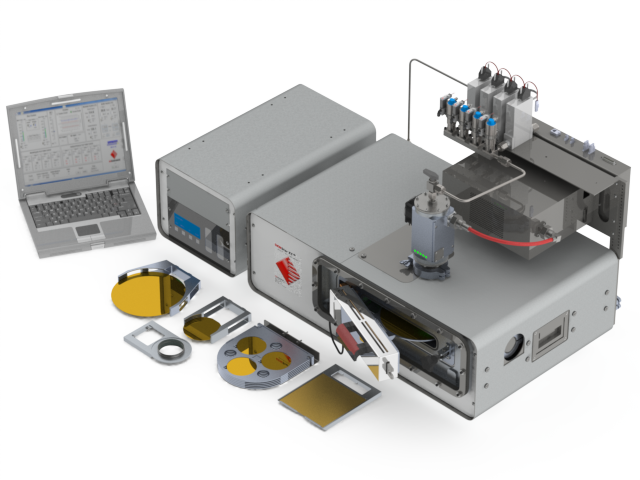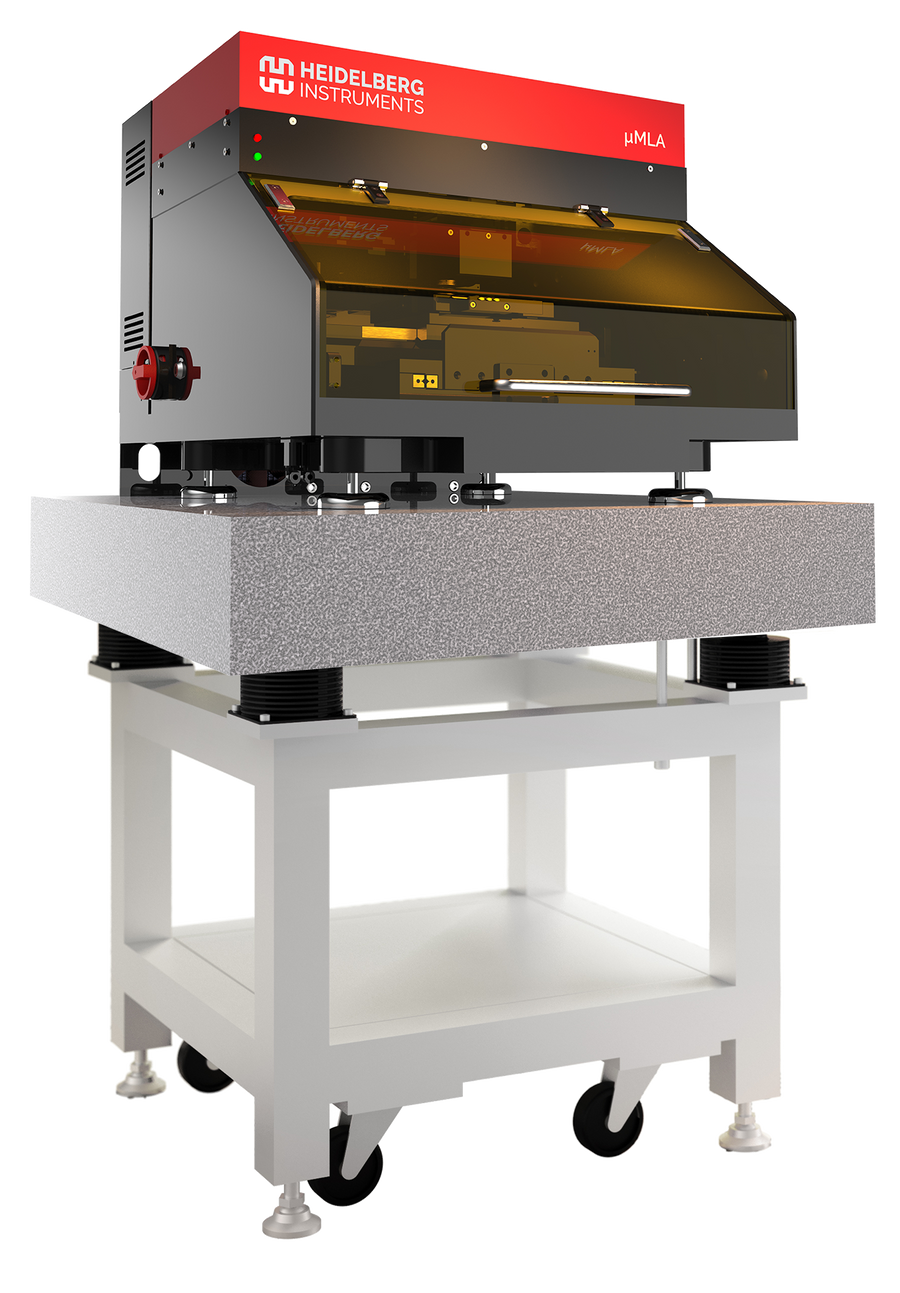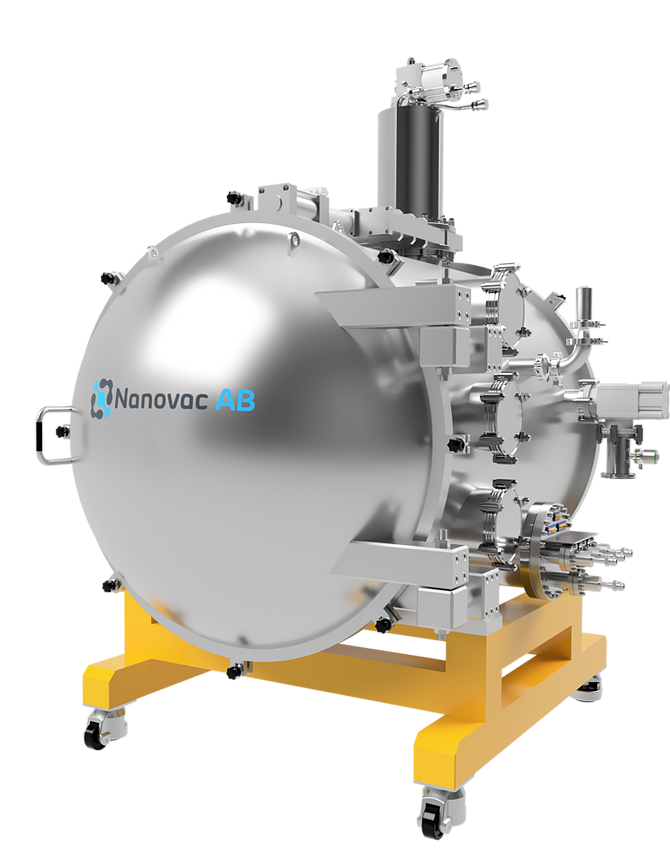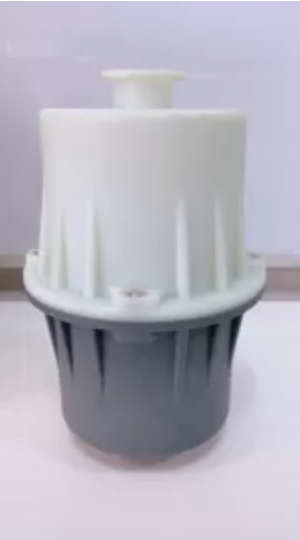The Cluster is the world’s leading modular quantum control stack. The scalable and modular architecture ensures that the system is future-proof, and well-aligned with the development roadmaps of industrial labs and the growing demands of quantum experiments.
As a crucial element in a quantum computing setup, it enables scientists and engineers to do their experiments at the highest possible level today and allows them to scale up to the NISQ era with ease, no matter the qubit technology. 

The Qblox Cluster is a modular, scalable room temperature quantum control 19” rack system. The Cluster supports superconducting, spin, and NV center qubit technologies with all-to-all channel distribution, dedicated high- and low-level software, and inter-communicating modules to control and readout qubits over a wide frequency range (up to 18.5 GHz).
Qblox Cluster modules are fully integrated for all the functionalities required for qubit control and readout. Each module incorporates 6 cores of advanced sequence processors for real-time operations and state-of-the-art analog circuitry for excellent analog performance. Qblox’s proprietary SYNQ and LINQ protocols assure channel synchronicity below ns accuracy and establish a data distribution network for fast scalable feedback. The channels can input and output signals within a large frequency range from DC to 18.5 GHz.
 Advanced sequence processing to overcome software bottlenecks
Advanced sequence processing to overcome software bottlenecks
 From today to NISQ applications
From today to NISQ applications
 All you need for various qubit platforms
All you need for various qubit platforms
About: Analog excellence for increased gate fidelity.
About: Fast Scalable Feedback with all-to-all connectivity.
Multiple cores of Q1 sequence processors result in distributed intelligence over the whole cluster mainframe, working seamlessly thanks to our proprietary SYNQ and LINQ protocols. Fast-scalable Feedback is built on top of these 120 processor cores in a single 19” rack with all-to-all connectivity. Up to 40 input channels can be linked to up to 80 output channels in the same time window of 364 ns for feedback operations, active reset, and quantum error correction algorithms.
About: High- and low-level software control.
Qblox provides a flexible high- and low-level software approach to control the Cluster modules.
The low-level language Q1ASM can be used to program complex pulse sequences by sending instructions directly to the Q1 sequence processor.
The high-level data acquisition framework allows programming quantum experiments in an intuitive way with pulse visualization tools and experiment libraries. Both software layers are Python-based and support QCoDeS drivers.
QCM:
The Qubit Control Module (QCM) is specifically engineered to be state-of-the-art in generating pulses in the baseband regime up to 400 MHz to replace conventional AWGs. The core of QCM’s technology lies in the Q1 advanced sequence processors and a high-end analog front-end to support quantum computing experiments. The highest channel density is assured with 4 analog outputs and 4 digital outputs per module, to form a massively scalable system by incorporating 80 AWG channels in a single 19” mainframe.
Pulses are generated in real-time by uploading waveforms in 16k wave memory and shaping the outputs by amplitude, offset, modulation frequency, and phase. Pulses can be defined in a 1 ns time grid, and the pulse parameters can be updated on the nanosecond scale. Orders of magnitude speedups are achieved by avoiding software-controlled loops and repeated wave uploading. The QCM module seamlessly unifies with other modules within the Cluster mainframe via our proprietary SYNQ and LINQ protocols. Synchronized start of all channels are guaranteed below 1 ns accuracy and the fast scalable feedback is achieved within ∼ 350 ns for active reset and error mitigation algorithms. 

QCM-RF
The Qubit Readout RF Module (QRM-RF) stands as the definitive solution for multi-qubit readout within the 2 to 18.5 GHz frequency range. It seamlessly integrates inputs and outputs, supplying all the necessary tools for multiplexed resonator readout, RF-reflectometry, and spectroscopy measurements. This integration simplifies complex experimental setups by consolidating multiple functionalities into a single module.
The QRM-RF merges internal up- and down-conversion stages and Q1 advanced sequence processors. This design enables the direct acquisition and generation of RF signals with a large variable gain and maintains a high Spurious-Free Dynamic Range (SFDR) across the entire frequency range. The module’s onboard data processing capabilities facilitate complex integration functions, qubit state thresholding, and averaging to further enhance the QRM-RF's efficiency. Feedback applications can be managed by fast scalable feedback in ∼350 ns, facilitated by the LINQ protocol with all-to-all connectivity in the whole Cluster mainframe.


QRM
The Qubit Readout Module (QRM) is a massively scalable readout module that elevates measurements on various qubit platforms. It replaces conventional pulse generators, digitizers, and readout analyzers by combining 2 inputs and 2 outputs to execute reflectometry, transmission, photon counting, and spectroscopy experiments in a single module. Equipped with two analog outputs, two analog inputs, and four digital outputs, the QRM embodies the scalable philosophy of the Qblox Cluster. Its six Q1 sequence processors provide flexible and multiplexed signals to any output, facilitating rapid measurement analysis. Up to 120 processor cores can be integrated in a single 19” mainframe with all-to-all connectivity within ∼350 ns for efficient distribution of measurement outcomes for crucial quantum error correction algorithms.
The QRM generates readout pulses on the fly with real-time pulse parametrization, and the input signals are processed onboard to enhance efficiency in spectroscopy, transmission, and reflectometry measurements. The module’s excellent analog performance provides a low input noise floor, a broad input range (0.1 to 2 Vpp), and a 1 GSPS sampling rate. Each component has been meticulously selected and designed to ensure an extremely low offset and gain drift (<5 ppm/K). Supported by our SYNQ and LINQ protocols, QRM modules are the ideal readout instruments in the baseband regime as multi-purpose measurement equipment for various readout schemes.


The Qubit Readout RF Module (QRM-RF) stands as the definitive solution for multi-qubit readout within the 2 to 18.5 GHz frequency range. It seamlessly integrates inputs and outputs, supplying all the necessary tools for multiplexed resonator readout, RF-reflectometry, and spectroscopy measurements. This integration simplifies complex experimental setups by consolidating multiple functionalities into a single module.
The QRM-RF merges internal up- and down-conversion stages and Q1 advanced sequence processors. This design enables the direct acquisition and generation of RF signals with a large variable gain and maintains a high Spurious-Free Dynamic Range (SFDR) across the entire frequency range. The module’s onboard data processing capabilities facilitate complex integration functions, qubit state thresholding, and averaging to further enhance the QRM-RF's efficiency. Feedback applications can be managed by fast scalable feedback in ∼350 ns, facilitated by the LINQ protocol with all-to-all connectivity in the whole Cluster mainframe.
 .
. 







